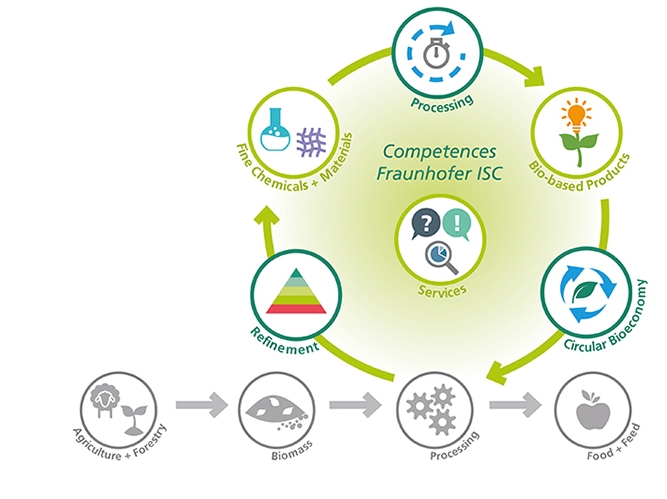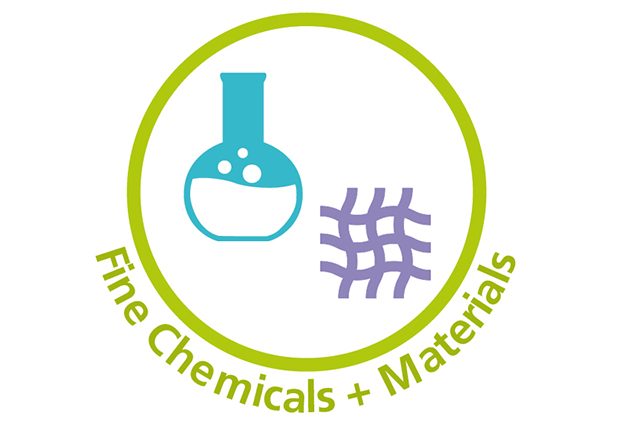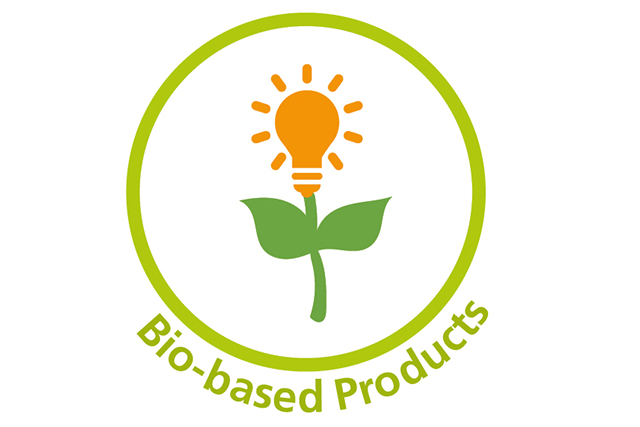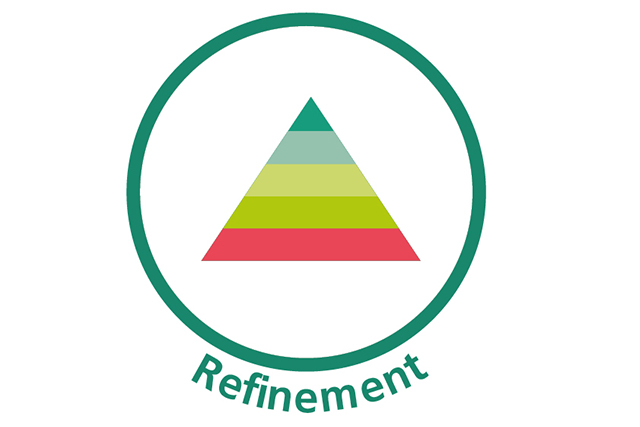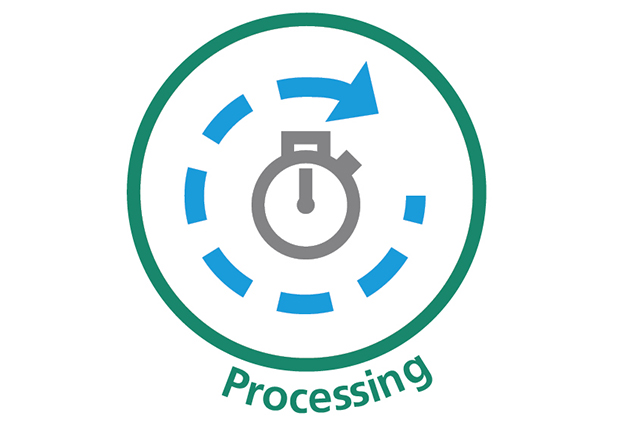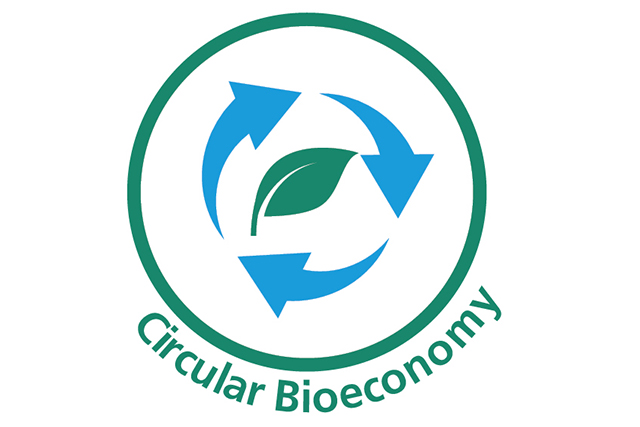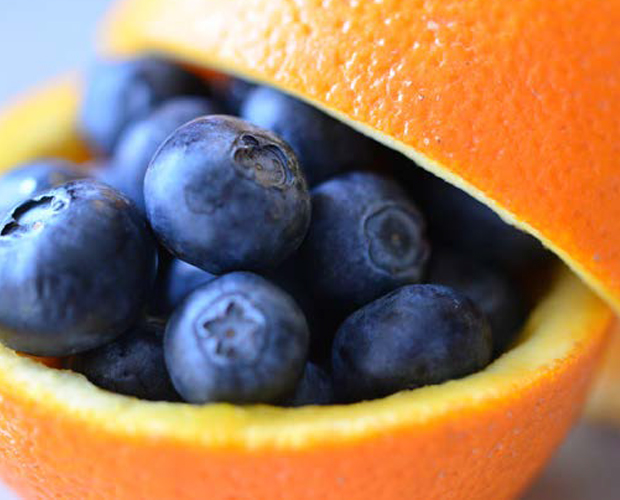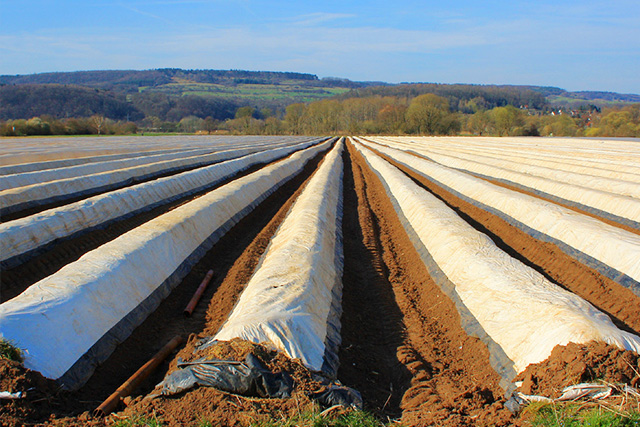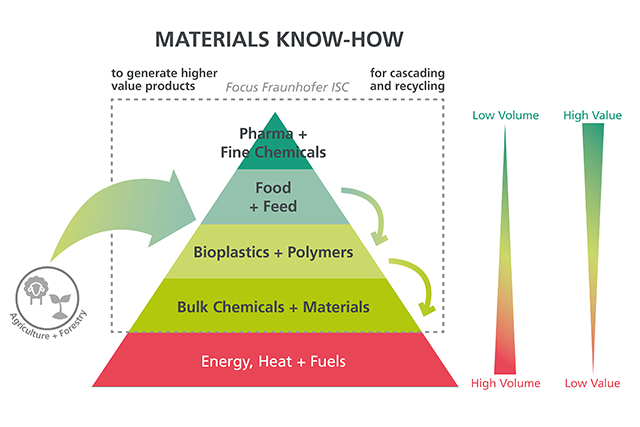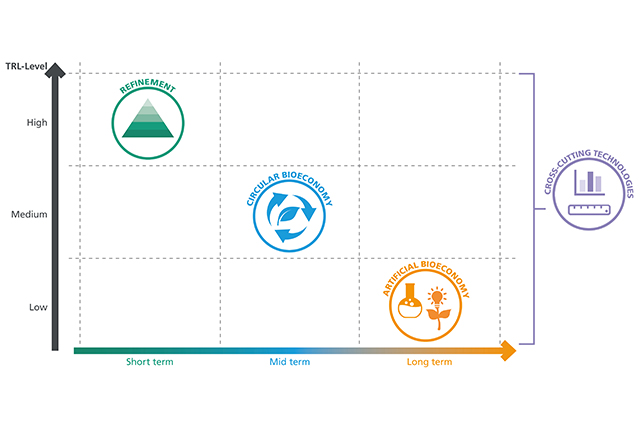How plastic packaging becomes recyclable
Plastic is a material with many positive properties for packaging: Lightweight, inexpensive, break-resistant, durable - and is therefore used en masse. However, discarded plastic packaging has become an environmental burden worldwide. For many types of packaging - such as film pouches with a stand-up bottom - recycling is not possible because different plastics are bonded as laminates in one and the same package to achieve stability, sealability, printability, moisture resistance or oxygen impermeability. The different types of plastic in the laminate can usually no longer be separated, but neither can they be recycled together because they are too chemically different.
Fraunhofer ISC is working with three other Fraunhofer institutes on a new manufacturing process for polyolefin-based plastic films to replace film laminates that cannot be recycled. The core elements of the process are pure polyolefins or recyclates, special additives and physical and wet chemical post-treatment. This should enable the film properties to be adjusted just as precisely to the respective technical requirements as is the case with film laminates made from mixed plastic grades. However, by being limited to a single type of plastic, these films will be fully recyclable and enable a genuine material cycle, i.e. they can serve as raw materials for new packaging. With its materials expertise, the ISC ensures the necessary barrier effect of the new generation of films against oxygen and moisture.
Want to learn more about recyclable plastic packaging?
Dr. Ferdinand Somorowsky looks forward to your message.
